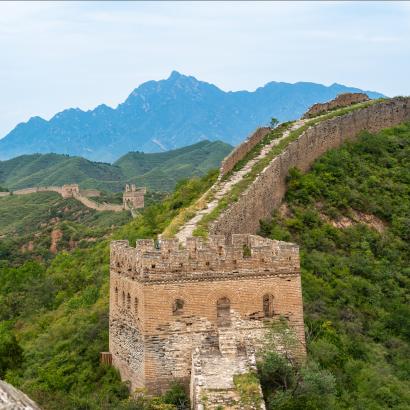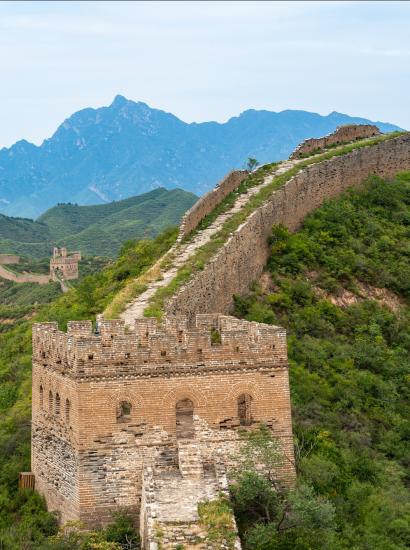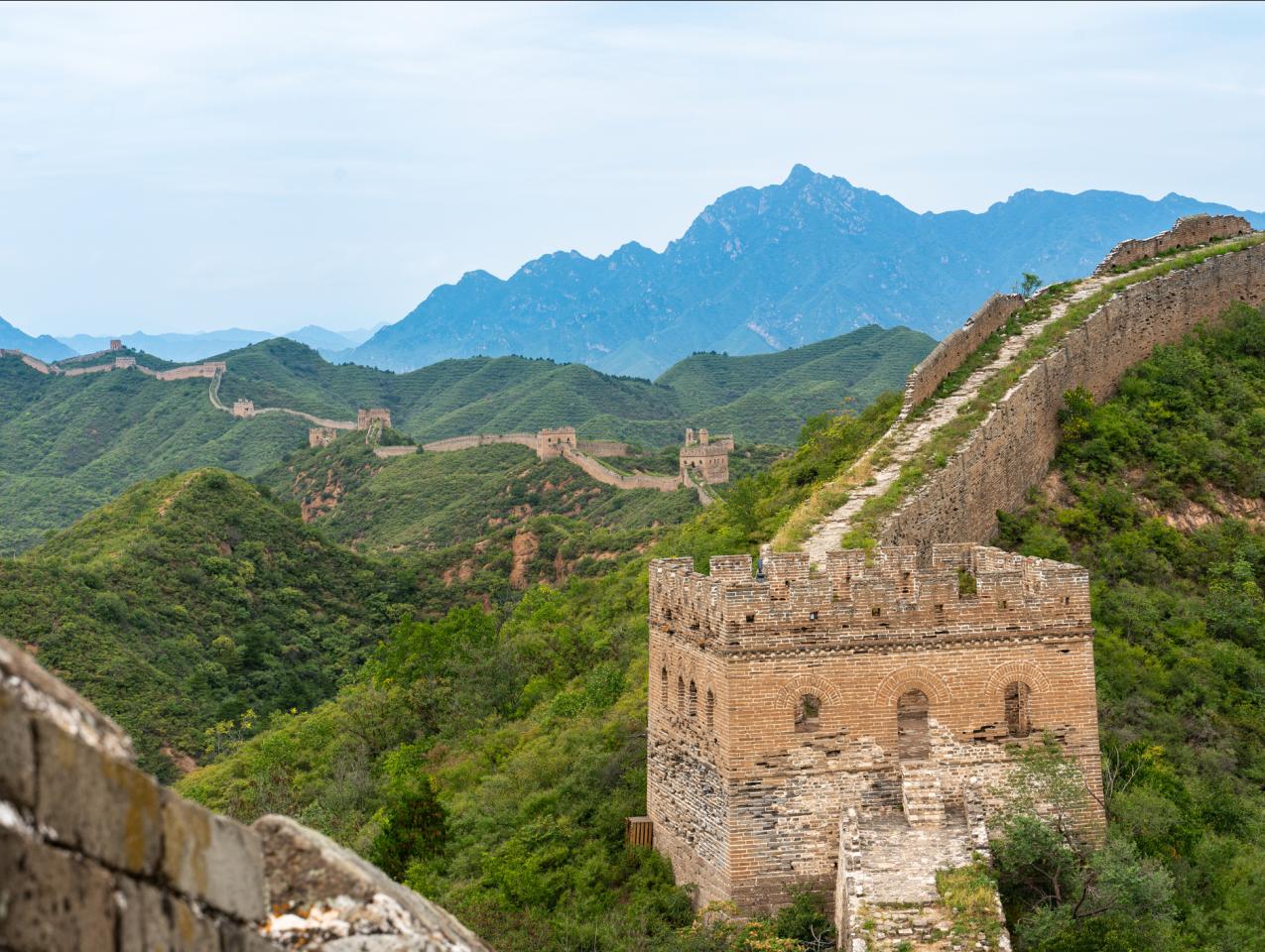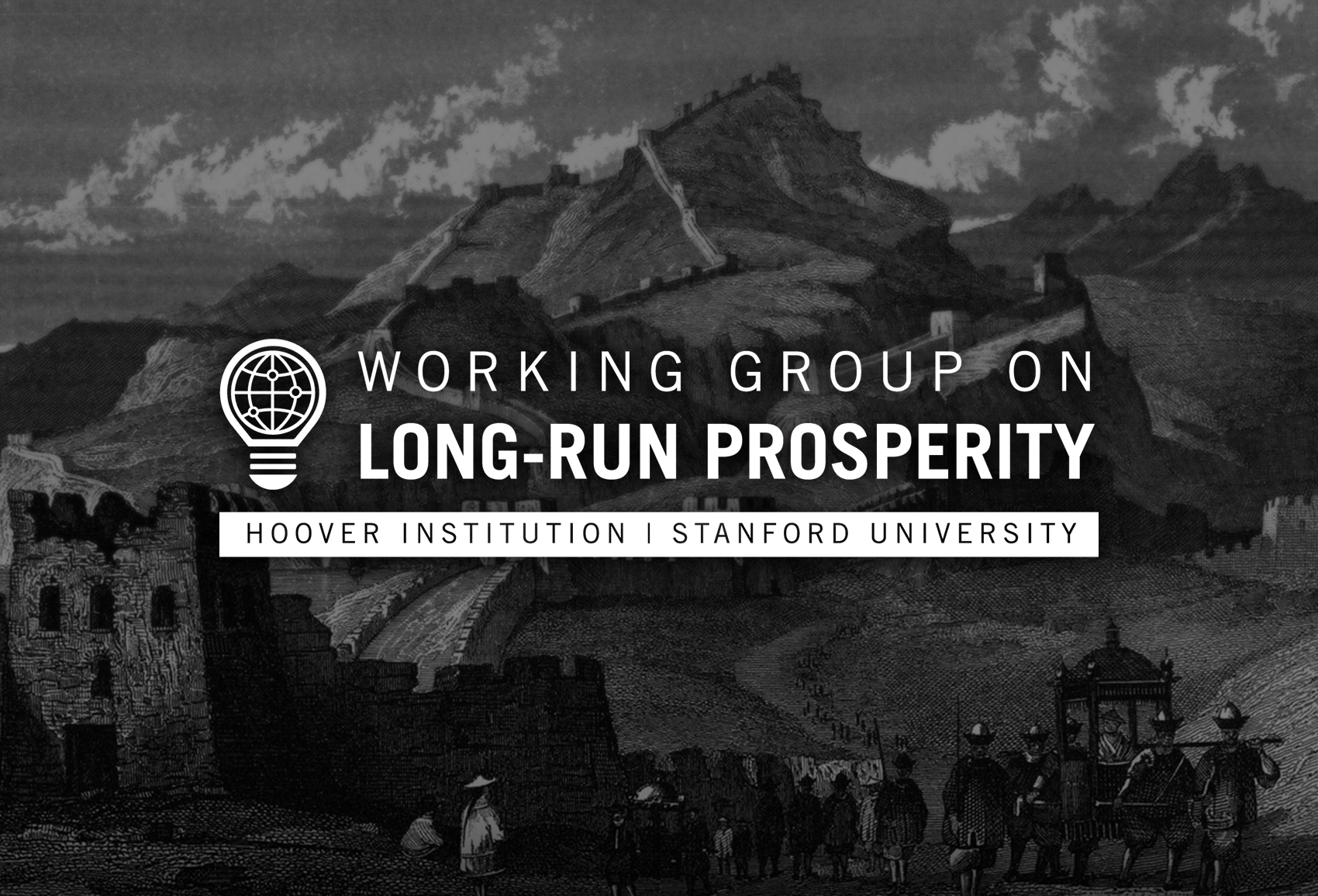This essay is based on the paper “States and Wars: China’s Long March Towards Unity and Its Consequences, 221 BC–1911 AD” by Debin Ma and Chen Shuo.
Luo Guanzhong’s Romance of the Three Kingdoms, one of China’s most iconic historical novels, opens: “Those long divided shall be united; those long united shall be divided: such is the way of the world under the heaven.” That line encapsulates the Chinese belief in the historical inevitability of cycles of imperial fragmentation and unification. Yet by the fourteenth century, when the novel was published, the political fragmentation that had once characterized the Three Kingdom era (169–280 AD), the historical setting for the novel, remained a romantic memory of the distant past. By then, China had come under the firm grip of a single unified ruler—while in Europe, fragmentation became entrenched after the fall of the united Roman Empire around 285 CE, the last time that such a large area of Europe had seen a single ruler.
The unparalleled Chinese unity has remained an enduring riddle in world history. The consequence of Chinese unity—its pros and cons in comparison with the European pattern of fragmentation—is often alleged to have accounted for the contrast between European growth and Chinese stagnation in political, cultural, intellectual, military, technological, and ultimately economic development. Some also argue it accounts for more recent patterns of public finance, the legal system, financial markets, and private property rights in China, which stand in contrast to those of European counterparts.
Our paper represents one of the new scholarly attempts to explain the cause—not just the consequence—of Chinese unity often under a single ruler. In contrast to previous studies, our paper locates the mythical unity of the Chinese empire in a tripartite synthesis: a geography within a closed and circumscribed environment; the ideology of the legitimacy of a single unified ruler for all; and the governing institutions of direct administrative rule. The sustainability of this synthesis was forged and re-enforced through two millennia of sustained warfare—in particular the agrarian-nomadic conflict—along either side of the Great Wall. More importantly, we argue that both ideology and institutions persisted beyond those geographic factors and became self-fulfilling and reinforcing.
We start with China’s geographic location as a case of a semi-closed space bounded by the Himalayas on the west, the Pacific Ocean on the east, the vast steppes on the northern border, and a subtropical southern border where no serious political challenge was posed until the arrival of western imperialism from China’s eastern approach during the mid-nineteenth century. By sealing off—not always successfully—the northern border with the legendary Great Wall, China developed early on the precocious ideology of a single unified ruler, also referred to as Grand Unity 大一统 for all under the heaven 天下一家. The most concrete expression of Chinese geographic circumscription is in the legend of Nine States 九州 under the Heaven 天下, a space constructed within China’s cosmology of a spherical sky hovering over a square earth surrounded by seas on four sides. It is also a cultural space with Chinese civilization 华夏seated in the center (hence the ideology of the Central Kingdom) of a hierarchy emanating toward the outer peripheries marked by increasing “barbarian-ness”夷. In this regard, the space for all under the heaven is both geographic and ideological.
Warfare and conquest to achieve unity within this space—real or imaginary—led to massive resource mobilization that propelled the rise of absolutist rule, consisting of political centralization, direct administrative rule 郡县制, and the world’s first impersonal bureaucratic institution. This political regime rested on an agrarian production system based on de facto private property rights of small-holding peasantry. China’s geographic extension from the so-called Central Plain 中原in Northern China was also a process of incorporating and “civilizing” the “barbarians” into an ever-expanding sphere of single Chinese rule. But ultimately, this form of agrarian-based regime of Grand Unity did not extend into the vast northern steppes frontier north of the current Great Wall, a man-made infrastructure demarcating the border between two ecological zones.
The nomadic or seminomadic societies in the north were highly mobile and tribal based. Their vast herds of grazing animals were vulnerable to continental climatic conditions that produced relatively little rainfall in the steppes; thus, they needed to regularly relocate to new pastures. In a society characterized by unstable property rights, low capital accumulation, and population density on the one hand but endowed with superior horses—which held the key to military victories of the day—on the other, it was the nomadic rulers who conquered agrarian China, only to eventually reproduce this agrarian-based institution of absolutist rule on a much grander scale throughout the entire territory.
We illustrate these shifting spatial and temporal dynamics of our tripartite synthesis through the build-up of extensive statistics on the number and size of regimes or states (both by cultural and by geographic criteria), the locations of capitals, and the incidences of warfare for the entire two millennia between 221 BC and 1911 AD. We classify our data sets into two types of regimes (agrarian and nomadic) and three types of warfare (agrarian-nomadic, agrarian-agrarian, and internal rebellions) as fought between and within the two regime types. These statistics allow us to examine the dynamic forces of fragmentation and unification, the changing determinants of the number and size of states, and the nature of warfare, all over time. Our econometric exercise finds that nomadic-agrarian warfare leads to a reduction in the number of agrarian regimes and an increase in their territorial size, and that agrarian-agrarian warfare enhances territorial fragmentation.
To capture the role of ideology, we also build up two millennia of statistics on the frequency of several key terms related to the concept of Grand Unity in the official historical annals: “unify” 统 , the character for “Han” Chinese 汉, and four different expressions of “barbarian” 夷. We show that this terminology occupied a central place in Chinese ideology through different regimes and rulers, despite changing ethnic and cultural identities. Ultimately, the ideology of Grand Unity endured as the concept of “Chinese versus barbarians” was continually reconfigured and re-enforced throughout the two millennia.
Read the full paper here.
Debin Ma is distinguished visiting professor at Tsinghua University.
This essay is part of the Long-Run Prosperity Research Brief Series. Research briefs highlight research that enhances our understanding of the factors that drive long-run economic growth and examine its policy implications.

















